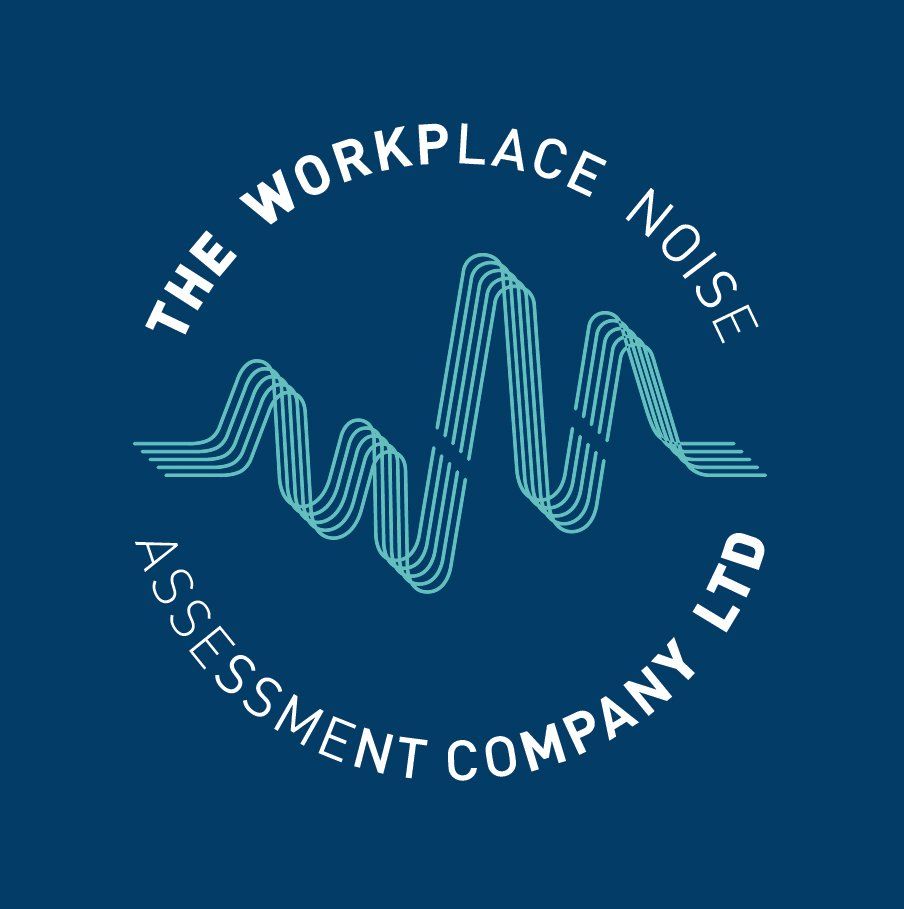
NOISE SURVEYS
The Workplace Noise Assessment Company Ltd. can provide noise surveys to customers who may have the ability to carry out their own risk assessment but do not necessarily have the means or the time to conduct the monitoring themselves. Our surveys will provide everything clients need to perform their own risk assessment and satisfy even the most stringent auditor, including:
- Workplace sound levels.
- Likely noise exposure levels of operators.
- Certificates of competency of noise assessors.
- Certificates of conformity for monitoring equipment.
- Records of equipment calibration by competent persons.
- Field calibration records pre and post monitoring.
- Octave band frequency analysis.
- Full database of monitoring records to evidence traceability.
NOISE MONITORING SURVEYS


A mixture of hand held meters and personal dosimeters are used to provide an accurate record of workplace noise, the results of which are presented in a number of formats:
- Sound levels recorded, measured in decibels (dB) and "A" weighted according to the weighting curves to approximate the way the human ear hears.
- The sound a person is exposed to during the working day, known as the equivalent continuous A-weighted sound pressure level or LAeq.
- The daily personal exposure level averaged over 8 hours, known as
LEP,d.
OCTAVE BAND FREQUENCY ANALYSIS

Class 2 integrating sound level meters provide detailed data on the frequency content of the noise across an unweighted spectrum (known as octave bands). This information can then be compared with manufacturer's data for the attenuation of suitable hearing protectors at specified frequencies.
The octave-band attenuation data incorporate mean and standard deviation to account for the differences in attenuation that will be achieved by a particular hearing protector. These differences can occur for a number of reasons; for example, differences in how well a hearing protector fits different people or slight variations in fit each time any one protector is fitted.